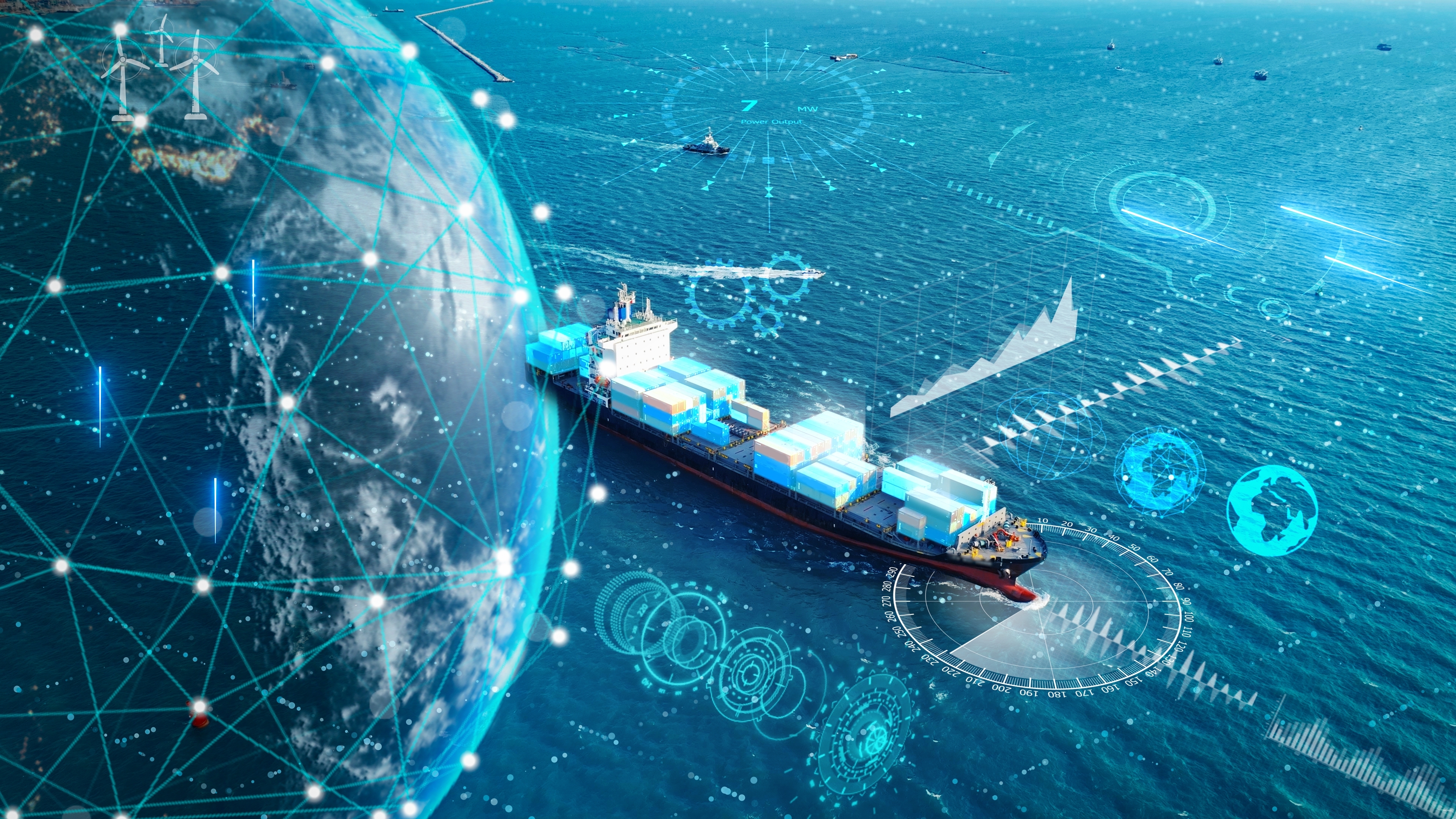
In today’s hyper-connected world, supply chains stretch across continents and rely on countless moving parts — from raw materials to distribution and last-mile delivery. This global web has enabled unprecedented economic growth, but it also exposes businesses to complex security risks. As supply chains evolve, so too must the strategies that protect them.
From cyberattacks to cargo theft, geopolitical tensions to regulatory shifts, the threats facing global supply networks are becoming more sophisticated and more frequent. The question facing businesses isn’t whether to secure their supply chain — it’s how they can best integrate their security measures as a seamless, adaptive element of their operations.
1: Understand the Supply Chain Security Challenge
The scale and complexity of global supply chains present both opportunities and vulnerabilities. A single product might rely on materials sourced from five different countries, undergo assembly in three others, and pass through multiple transport hubs before reaching the end consumer. Each stage offers a potential breach point; the real product might be switched out for counterfeit goods, cyberattacks may cripple logistics platforms – all manner of physical tampering and digital criminality could impact the product’s journey.
In 2025, Cybersecurity lies at the heart of this conversation. Modern supply chains depend heavily on digital systems: inventory platforms, shipment trackers, vendor portals, and automated machinery. A single vulnerability in one supplier’s system can ripple across the entire chain, impacting production schedules, financial systems, and even customer safety.
The COVID-19 pandemic underscored this risk. Global lockdowns and digital dependency made supply chains more exposed to cybercrime, while disruption to manufacturing and transport created physical security challenges in warehouses and ports. Together, these challenges served as a wake-up call for companies worldwide to rethink supply chain resilience.
2: Assemble the Building Blocks of a Secure Supply Chain
What does an integrated supply chain security strategy look like? It is layered and highly adaptive, capable of addressing both digital and physical risks. Crucially, it is part of the mindset of the whole organisation, benefitting from collaborative efforts across departments, suppliers, and international partners.
Accordingly, each building block should be driven by operational data and direct input from different stakeholders. By bringing insights together from the entire global picture, your organisation is better placed to create the kind of adaptive security it needs to anticipate and counter any threat.
Risk Assessment and Mapping: Understand every link in the chain. Continuously assess supplier reliability, geopolitical exposure, and logistical chokepoints, using real-time data and AI-driven forecasting to spot emerging risks.
Cyber-Physical Integration: As industrial systems become more interconnected, cybersecurity must be embedded at every level — from smart sensors on shipping containers to cloud-based inventory systems. Encryption, access controls, and regular security audits are no longer optional but essential.
Supplier Vetting and Compliance: Companies increasingly require their suppliers to meet international security standards like ISO 28000 (Supply Chain Security Management) and NIST frameworks. Ongoing auditing and transparent reporting are key to maintaining a resilient network.
Incident Response Planning: No system is immune to disruption. Create clear, tested protocols for cyberattacks, natural disasters, and logistical failures. This can dramatically limit the impact of any incident.
Collaboration and Intelligence Sharing: Supply chain security is never a solo effort. Embrace the value of sharing intelligence on emerging threats through industry groups or public-private partnerships, and among your own supply chain stakeholders.
3: Learn from the Best (A Case Study in Excellence: Cisco Systems)
As a global leader in IT and networking, Cisco manages an intricate supply network with manufacturing and logistics partners across the globe.
Cisco’s supply chain security strategy is deeply integrated, relying on both technology and policy. The company employs a “Zero Trust” security model — verifying every connection, device, and user before allowing access to critical systems. This is supported by predictive analytics to monitor for irregularities, and a global risk management framework that maps geopolitical tensions, vendor performance, and cyber risks in real time.
During the pandemic, Cisco’s established security protocols allowed the company to respond flexibly to disruptions, quickly rerouting logistics and scaling remote verification processes. Their model demonstrates how proactive security investment can protect both operational integrity and brand reputation.
Why does Supply Chain Security matter more today?
As global trade becomes more digitised and interconnected, the need for integrated supply chain security will only intensify. Regulatory environments are shifting too — the European Union’s Digital Operational Resilience Act (DORA) and US Cybersecurity Executive Orders are making supply chain resilience a legal as well as a competitive requirement. Several Middle Eastern countries are tightening regulations on their supply chains, such as the UAE's raft of new federal laws on cyber safety and digital security.
But for businesses, security isn’t just about regulatory compliance. Securing supply chains boosts consumer confidence, lowers insurance premiums, and creates a competitive edge in an increasingly risk-conscious market. When properly executed, security doesn’t create a barrier to growth; it actively enables it.
Resilience is the New Benchmark
Global supply chains will always carry risk — but how businesses prepare for and respond to these risks makes all the difference. From technology investments to human oversight, and from supplier collaboration to real-time threat intelligence, integrating security across the supply chain is no longer optional. It is the only way to ensure continuity, credibility, and customer trust in a world where disruption is the new normal.
Success lies not in eliminating risk altogether, but in building systems strong enough to withstand it.